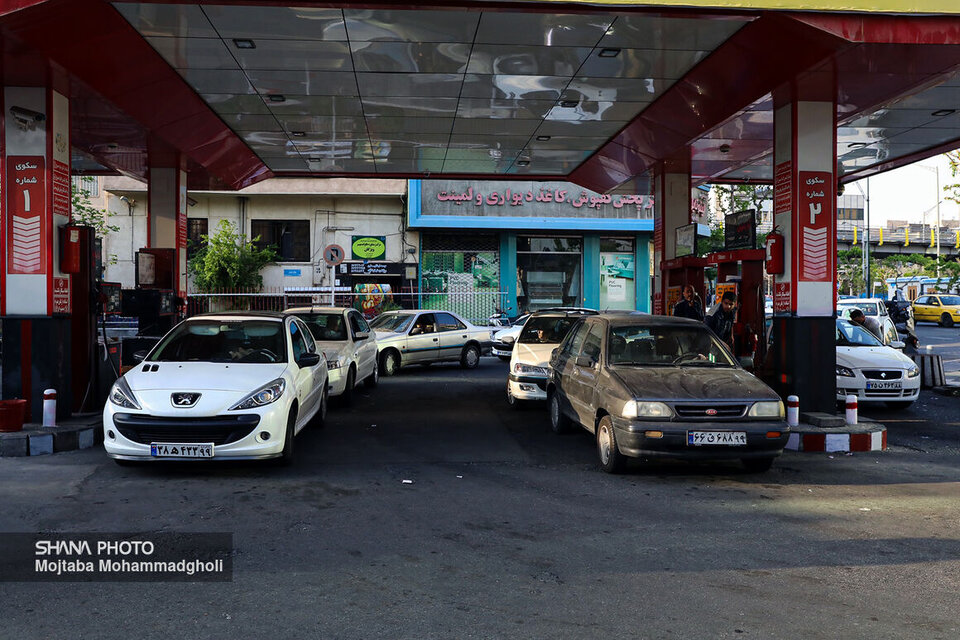Keramat Veys-Karimi stated that LPG stations will be established near refineries with surplus LPG production to facilitate this initiative.
Speaking during a live television interview on Saturday, Veys-Karimi highlighted the current imbalance in fuel production and consumption.
He noted that average daily gasoline production since the start of the year has been 105 million liters, while distribution has reached 124 million liters.
Similarly, gasoil production has averaged 116 million liters per day, with consumption at 119 million liters, including both power plant and non-power plant usage.
To address these shortages, Iran has been importing approximately 8 million liters of gasoline and less than 10 million liters of gasoil daily.
Veys-Karimi added that total gasoil consumption in the current Iranian year (started March 20, 2024) has increased by 8% compared to the same period last year, while gasoline consumption has risen by 7.4%.
Adding LPG to fuel mix
Veys-Karimi emphasized that diversifying the fuel portfolio is a key focus under the Seventh Development Plan.
He reported that daily LPG production has averaged 7,300 tons since the beginning of the year, with 2,900 tons distributed domestically. This represents a 50% reduction in domestic LPG distribution compared to two years ago.
With significant surplus LPG capacity, Veys-Karimi expressed hope that the excess could be used to diversify the vehicle fuel mix.
He outlined plans to build LPG stations near refineries with surplus production, enabling the addition of LPG to the fuel portfolio.
Standards for LPG stations have already been developed, and suitable locations for these stations will be identified by the end of the year.
Expanding dual-fuel vehicle fleet
Veys-Karimi also highlighted the country’s substantial compressed natural gas (CNG) capacity, with the potential to supply 40 million cubic meters daily.
However, CNG consumption has declined from 23 million cubic meters to 19 million cubic meters over the past year and a half. To address this, he stressed the need to expand the dual-fuel vehicle fleet.
Under an Economic Council resolution, contracts were signed with eight companies, and 400 workshops were equipped nationwide to convert single-fuel public vehicles, particularly vans, to dual-fuel systems. Approximately 340,000 vehicles were converted, but the project has been halted due to unpaid contractor dues.
CNG station operators’ commission
Veys-Karimi acknowledged the high costs associated with the CNG industry and mentioned a government proposal to increase CNG station operators’ commissions to 70%.
He expressed hope that the Cabinet would approve this amendment to alleviate some of the challenges faced by CNG station operators.


Your Comment